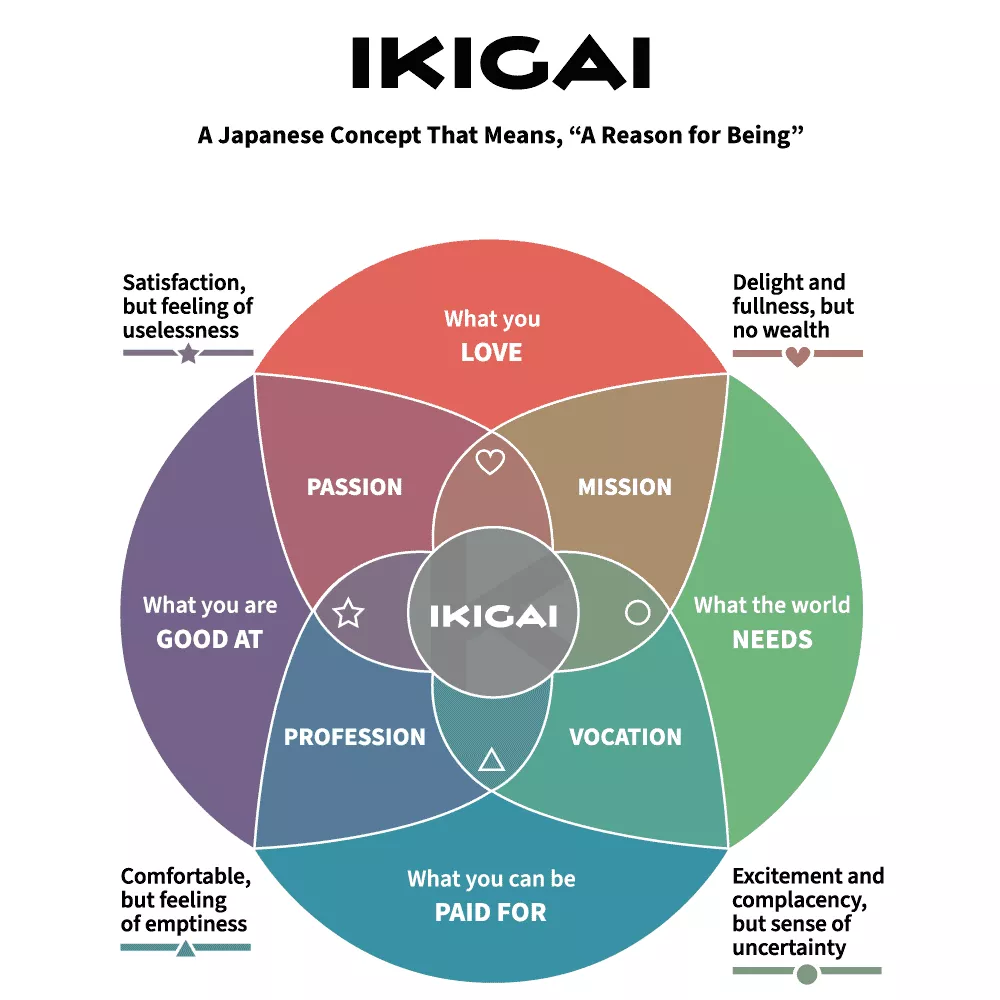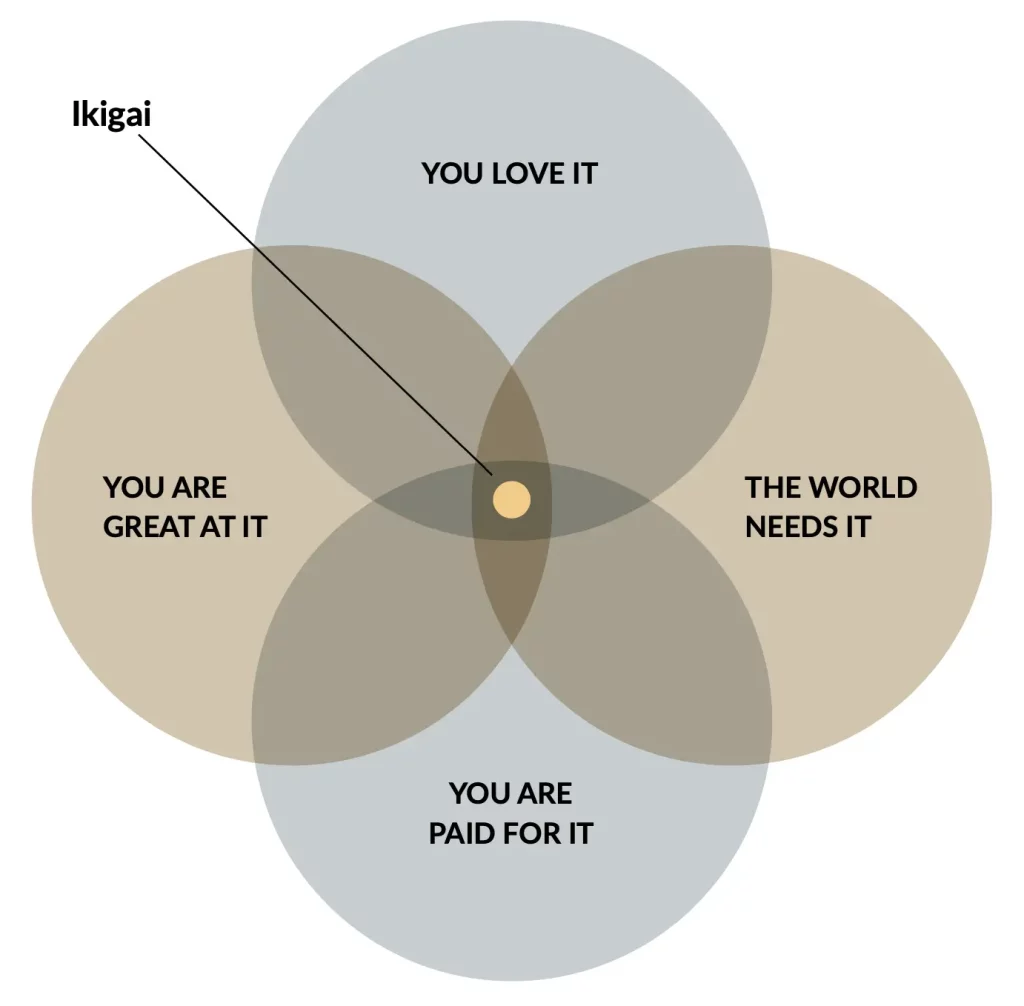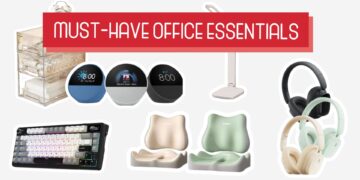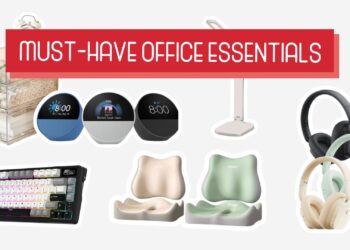A Japanese practice, ikigai, can help us heal and find purpose. Like kintsugi, it produces a more fulfilling, complete, and valuable whole. In this article, we look at how to find your ikigai and uncover self-knowledge and meaning along the way while increasing balance and happiness in your life.
P.S. Therapist, Counsellors, and Healthcare Group: We thought you might enjoy downloading this tool for your clients: Three Meaning and Valued Living Exercises before you get started.
What is Ikigai?
The book Ikigai: The Japanese Secret to a Long and Happy Life by Hector Garcia and Francesc Miralles describes ikigai as “the happiness of always being busy” that goes beyond one’s pursuit of meaning.
You’ll discover that ikigai also means “a reason for being” when you look up the Japanese term online. Essentially, the term combines two words: iki for “life” and kai for “worth”. Someone’s sense of direction and happiness is derived from something that gives them value in their lives.
The ikigai of a person can be anything: a passion, a dream, a mission, etc. Getting up every morning is motivated by it. The pursuit of that ikigai is what motivates you to keep going and gives you the motivation to accomplish something. Identifying one’s ikigai isn’t difficult for some people. Other people may still be searching.
Today’s world and the way we live our lives may not make finding happiness and purpose in life easy. Perhaps it would be best if you first knew what to take into account when trying to determine your ikigai.
Four Components of Ikigai
You need to cross off four items from your list in order to find your ikigai. By determining these four things, you will be able to continue your search with a greater sense of direction. What should your ikigai be:
1. What you love
You should enjoy your ikigai. There is no limit to what makes you feel good; it can be anything you would do at any time. This is something that will get your dopamine levels up, and you’d gladly share it with others whenever you have the chance. It could be something as simple as a hobby you really enjoy doing, such as writing, recording videos, taking photos, painting, dancing, baking cakes, or collecting stamps.
2. What you are good at
Knowing what you are good at can also help you find your ikigai. What do you naturally excel at? Do you have a skill or expertise you can effortlessly accomplish? Perhaps there is something you would like to learn doing, something you have worked hard to learn?
Videography, public speaking, fashion design, marketing, counseling, or computer programming can all be skills that you’ve spent years mastering. Your ikigai has been found when you are doing something you love and are good at.
3. What you can get paid or rewarded for
It is important to know what you can get financially rewarded for in order to find your ikigai. Remember that we need money to support our daily expenses and needs in order to survive. So if you want to get paid for your ikigai, it should be something that you can earn. The fact that you love what you do or that you are good at it is not enough. Proper compensation is also important, as is the fact that you are able to put food on the table and clothes on your back with the money you earn.
4. What the world needs
The fourth component of finding your ikigai is something that the world, or a community, needs. Feeling good about our work makes us feel good about the world we live in. This gives us a sense that we have an important role to play in our community. Today, many people are not satisfied with what they do because they don’t always see the value in what they do. The knowledge that your work has the potential to change other people’s lives can help you find your ikigai.
How to Find Your Ikigai
Now that you know what it takes to find your ikigai, you can begin analyzing what these four components are in your life. Finding your ikigai can be a lot easier if you know what you enjoy, what you’re good at, what you’re paid for, and what the world needs.
Ikigai requires all four components, as shown in the ikigai diagram below. It is possible, however, to have only two of the four out of four. An ikigai diagram shows if you have a passion, mission, profession, or vocation.

4 Evidence-Based Questionnaires
Japanese word ikigai is not easily translated, nor is the ethos behind it easily understood.
In order to perform and enjoy an activity and to live our life purpose, we need to be aware of the following:
Passion – what you love
Vocation – what you are good at
Mission – what the world needs
Profession – what you can get paid for
The concept of Ikigai is not only concerned with our overall life goals and meaning but also encompasses our curiosity about every aspect of our way of life.
Among the positive effects of ikigai are:
Physical health in the elderly
Psychological well-being of carers
Reduced incidence of strokes and cardiovascular disease
Mental health
The relationship between ikigai and us is unlikely to be as straightforward as the presence or absence of ikigai.
Ikigai-9 Questionnaire
Ikigai-9 is both convenient and reliable, measuring ikigai across multiple dimensions:
Optimistic and positive emotions toward life
Active and positive attitudes toward one’s future
Acknowledgement of the meaning of one’s existence
There are only nine statements to score against on the Ikigai-9, so it is relatively simple to complete.
I often feel that I am happy.
I would like to learn something new or start something.
I feel that I am contributing to someone or the society.
I have room in my mind.
I am interested in many things.
I think that my existence is needed by something or someone.
My life is mentally rich and fulfilled.
I would like to develop myself.
I believe that I have some impact on someone.
Using ikigai measurements, it is possible to identify, explore, and analyze the positive effects of ikigai-based interventions.
How else can we measure ikigai?
Further insight may be gained by measuring related concepts such as flow – our complete absorption in an activity – and overall satisfaction..
Dispositional Flow Scale-2 (DFS-2)
An assessment of a person’s tendency to experience flow, which is a state in which they are completely absorbed and enjoying what they are doing, is measured by the Dispositional Flow Scale-2 (DFS-2). There are 36 items that assess various aspects of flow, including concentration, control, challenge, and enjoyment. It has been widely used in research to investigate the antecedents, consequences, and individual differences in flow.
A number of experts in ikigai say that although it is impossible to live a life according to ikigai in a guaranteed manner, flow is an essential ingredient that allows us to “enjoy doing something so much that we forget about whatever worries we might have while doing it.”
There is a high likelihood of flow and sensations of optimal experience when “demands of the task and abilities of the performer are balanced” (Hamari & Koivisto, 2014).
Flow dimensions are considered in nine dimensions:
Challenge–skill balance
Action–awareness merging
Clear goals
Unambiguous feedback
Concentration on the task
Sense of control
Loss of self-consciousness
Time transformation
Autotelic experience
Each statement is associated with a specific activity and rated as Never, Rarely, Sometimes, Frequently, or Always.
I know clearly what I want to do.
My attention is focused entirely on what I am doing.
I am not concerned with what others may be thinking of me.
Things just seem to be happening automatically.
I find the experience to be extremely rewarding.
Based on extensive validation, DFS-2 provides a practical way of assessing dispositional flow (the tendency toward such experiences) and the ability to enter optimal psychological states.
Psychological states of flow make everyday tasks exceptional and enable you to maximize your ikigai.
Finding your ikigai
In preparation for or during a therapy session, you can answer the following questions to identify your ikigai:
Do what you love:
What did you enjoy doing as a child or in your early adult years?
What do you do now in your spare time that makes you happy?
Do what you are good at:
Do you know your strengths and skills? What are they?
What do people ask you to help them with?
Do something the world needs:
What and who inspires you?
What makes you annoyed or frustrated?
Do something you can be paid for:
What service or product could you sell (what would people pay you for)?
What job could you do?
Initially, write down the answers on paper, then summarize and transfer them to a blank ikigai diagram:

Consider what activity fits into the center, meeting the criteria of each of the four circles.
It’s common for us to live on autopilot for much of the day. We often do as much as we can in our waking hours, stopping only to watch TV or go to sleep.
Rather than focusing on our overall life purpose, Ikigai encourages us to find joy in the “day-to-day ”.
Identifying your life purpose and focusing your efforts on it may help you or your client become clearer about your life purpose.
Identify the patterns that form and identify the actions that accompany past activities and future plans.
Finally, complete the following sentence:
The purpose of my life is to…
Consider and guide your future decisions based on the completed sentence. Ultimately, you will find ikigai if your life is shaped according to your purpose.
This article is intended to help you find your ikigai and we hope you enjoyed reading it.
Find Your Ikigai and Achieve Happiness
No matter what you have right now, be it a passion, a mission, a profession or a vocation, you can always find a way to make the most of your situation and come to a point of satisfaction, comfort, delight and excitement at the same time. Having found your ikigai will make your life more fulfilling. Your productivity will increase and you will feel motivated to succeed. It will become easier for you to enjoy being busy once you have achieved a state of flow. This will also motivate you to continuously improve and to maximize your time. Start living a life filled with happiness and purpose by finding your ikigai.
A variety of online tests & quizzes are available to help you discover your ikigai:
While some of the resources are free, there may be payment or membership required to receive additional advice and coaching.
Ikigai Test – This provides a set of online questions to help you figure out what your ikigai is and what your true purpose is. The test offers insight into potential career paths in a 10-minute format.
Ikigai Tribe – Find and develop your ikigai with a podcast, online test, worksheets, and coaching service.
People at Heart Coaching – By completing the online ikigai questionnaire, you can find a career that makes you happy while building a sense of purpose, meaning, and well-being.
This article is intended to help you find your ikigai and we hope you enjoyed reading it. Since you’re here, also read The International Bestseller Book, The Japanese Secret to a Long and Happy Life by Hector Garcia.
Join us as we share related topics for you to know what’s behind the science of what’s going on with your emotions, click here.
Since you’re here, why not read:
(Credits: Kanban zone, positive psychology)


























